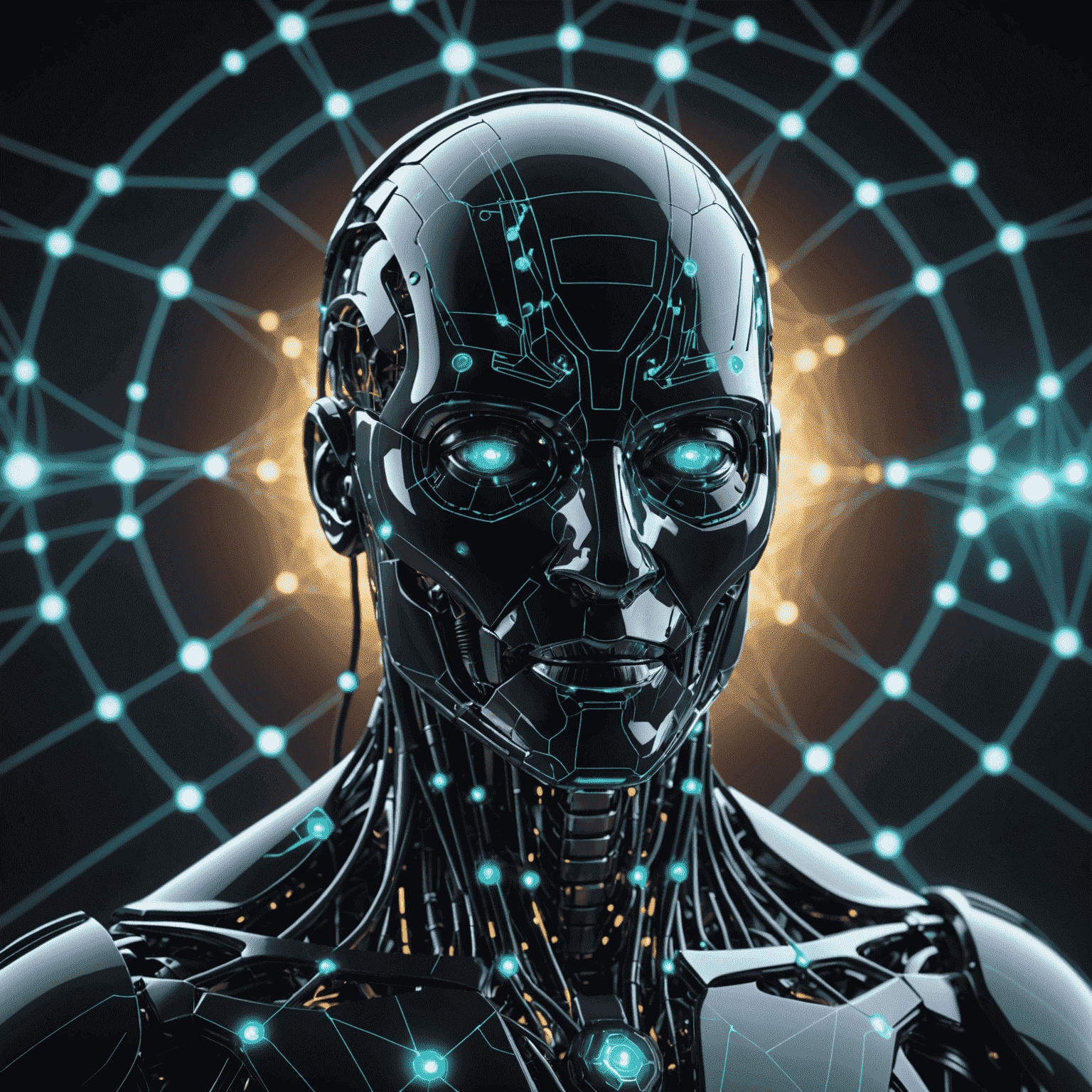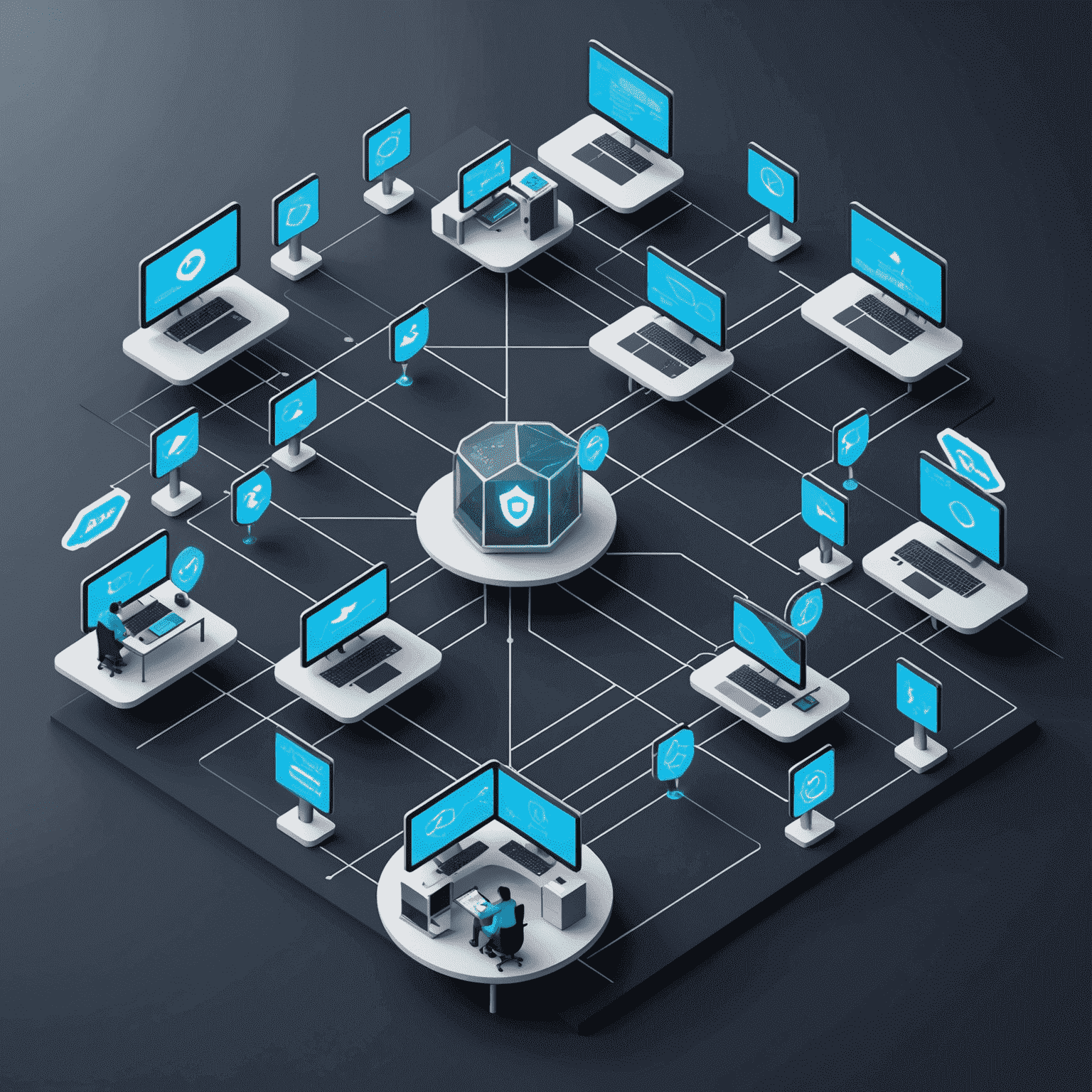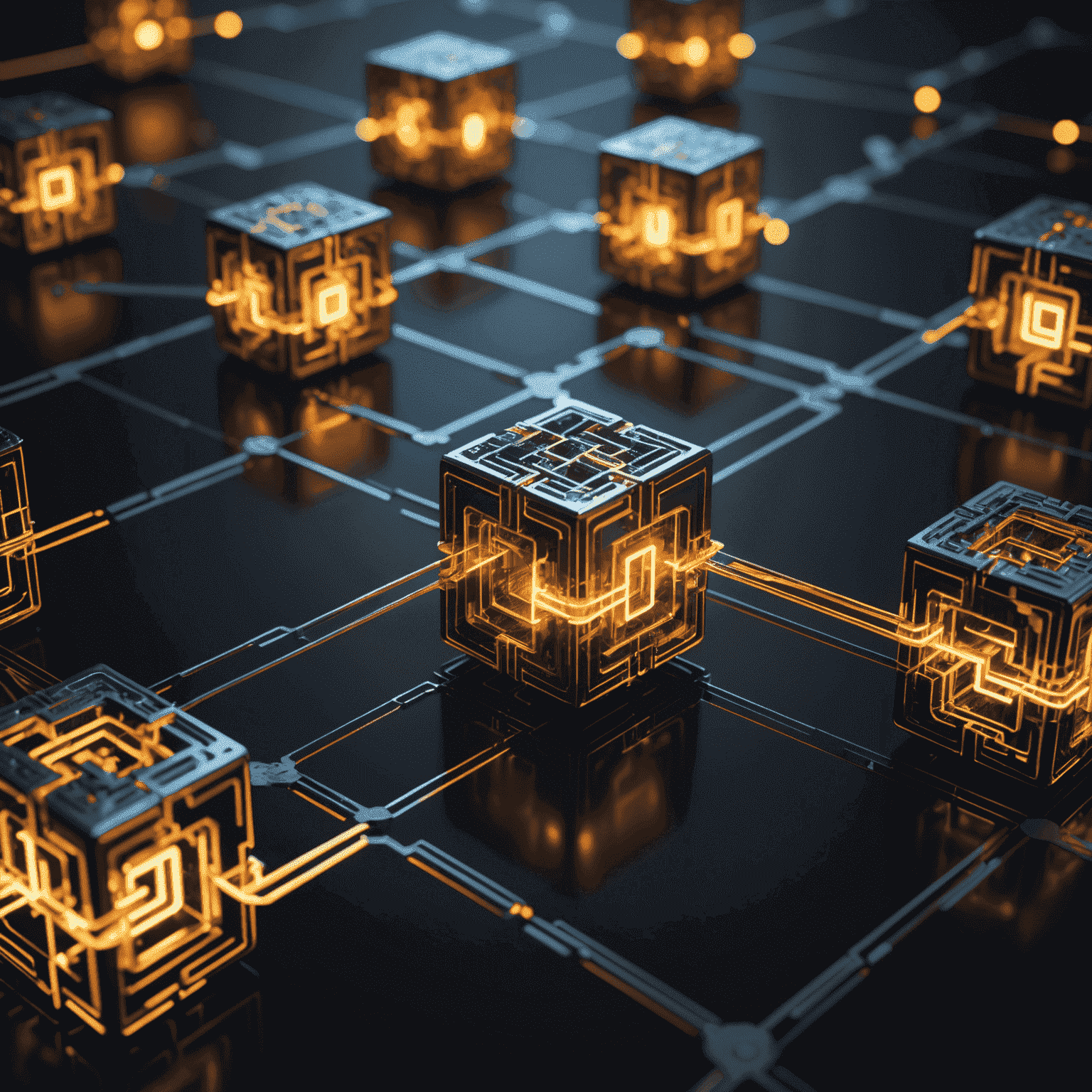Cybersecurity Trends: Safeguarding America's Digital Future
In an era where digital transformation is reshaping every aspect of American life, cybersecurity has become a critical cornerstone of national security and economic stability. As we navigate the complexities of an interconnected world, let's explore the cutting-edge measures and technologies that are fortifying the digital defenses of U.S. businesses and individuals.
Artificial Intelligence in Threat Detection

Artificial Intelligence (AI) and Machine Learning (ML) are revolutionizing the cybersecurity landscape. These technologies enable real-time threat detection, analyzing vast amounts of data to identify patterns and anomalies that human analysts might miss. U.S. tech giants and startups alike are developing AI-powered security solutions that can predict and prevent cyber attacks before they occur, providing a proactive defense against evolving threats.
Quantum-Resistant Cryptography

As quantum computing advances, traditional encryption methods face unprecedented challenges. To counter this, American researchers and companies are at the forefront of developing quantum-resistant cryptography. These new encryption standards aim to secure sensitive data against both classical and quantum computing attacks, ensuring long-term data protection for government agencies, businesses, and individuals.
Zero Trust Architecture

The Zero Trust model is gaining traction across U.S. industries as a robust approach to cybersecurity. This framework operates on the principle of "never trust, always verify," requiring continuous authentication and authorization for all users and devices, regardless of their location within or outside the network perimeter. By implementing Zero Trust, organizations can significantly reduce the risk of data breaches and unauthorized access.
Blockchain for Enhanced Security

Blockchain technology, known for its role in cryptocurrencies, is finding new applications in cybersecurity. U.S. companies are leveraging blockchain's decentralized and immutable nature to secure supply chains, verify digital identities, and protect sensitive data. By creating tamper-proof records and enhancing transparency, blockchain is becoming a powerful tool in the fight against cyber fraud and data manipulation.
IoT Security Innovations

As the Internet of Things (IoT) expands, so do the potential vulnerabilities in our interconnected world. American tech innovators are developing specialized security solutions for IoT devices, including embedded security chips, secure boot processes, and automated patching systems. These advancements aim to protect smart homes, industrial systems, and critical infrastructure from cyber threats, ensuring the safety and privacy of connected ecosystems.
The Future of Cybersecurity in America
As we look to the future, the landscape of cybersecurity in the United States continues to evolve rapidly. With ongoing investments in research and development, public-private partnerships, and a growing emphasis on cybersecurity education, America is positioning itself at the forefront of digital defense innovation. By embracing these cutting-edge technologies and strategies, we can build a more resilient digital infrastructure, safeguarding our national interests and individual freedoms in the digital age.
The journey towards a secure digital future is ongoing, and it requires the collective effort of government agencies, private sector innovators, and informed citizens. By staying informed about these cybersecurity trends and adopting optimal practices, we can all contribute to a safer, more secure digital America.